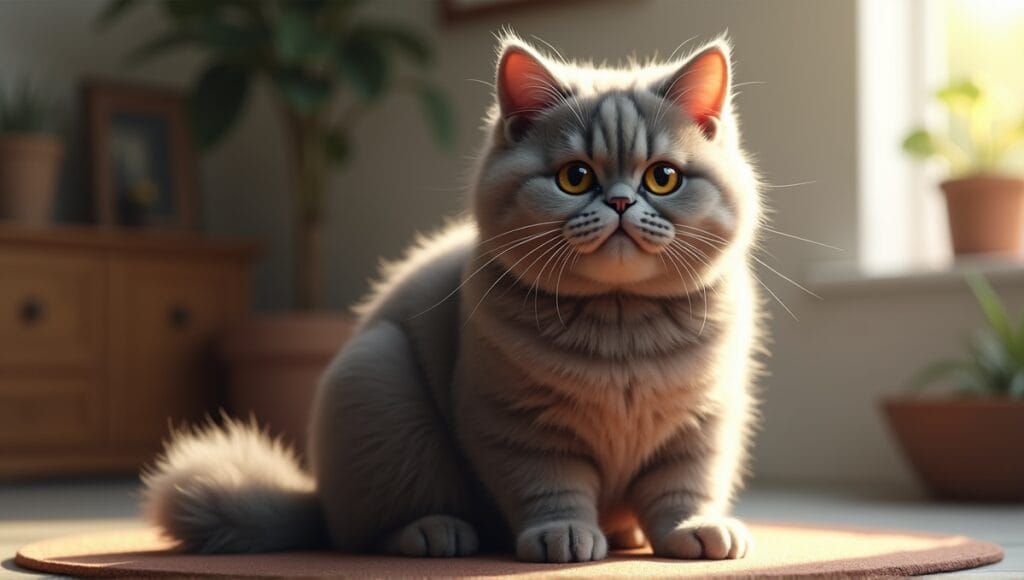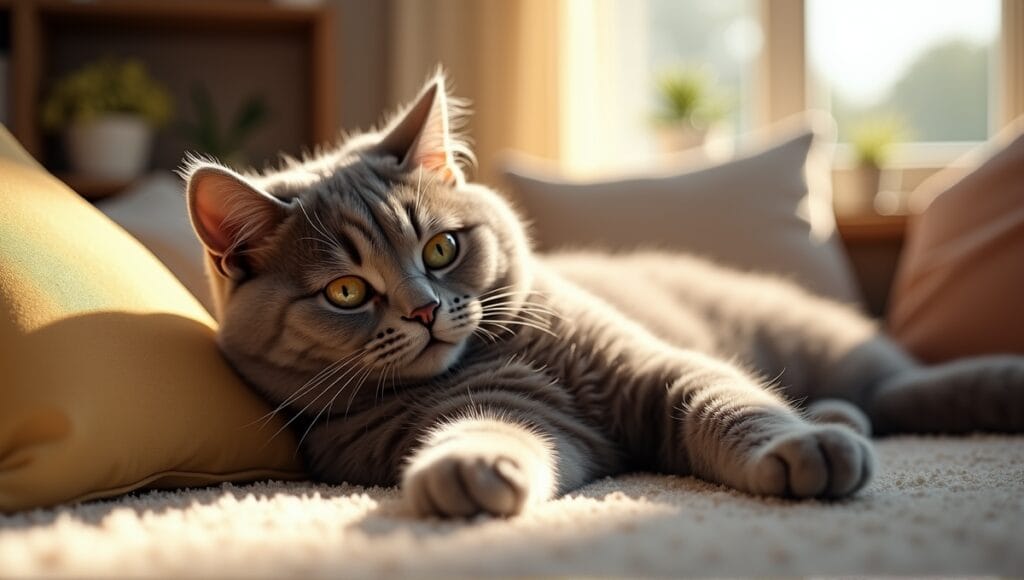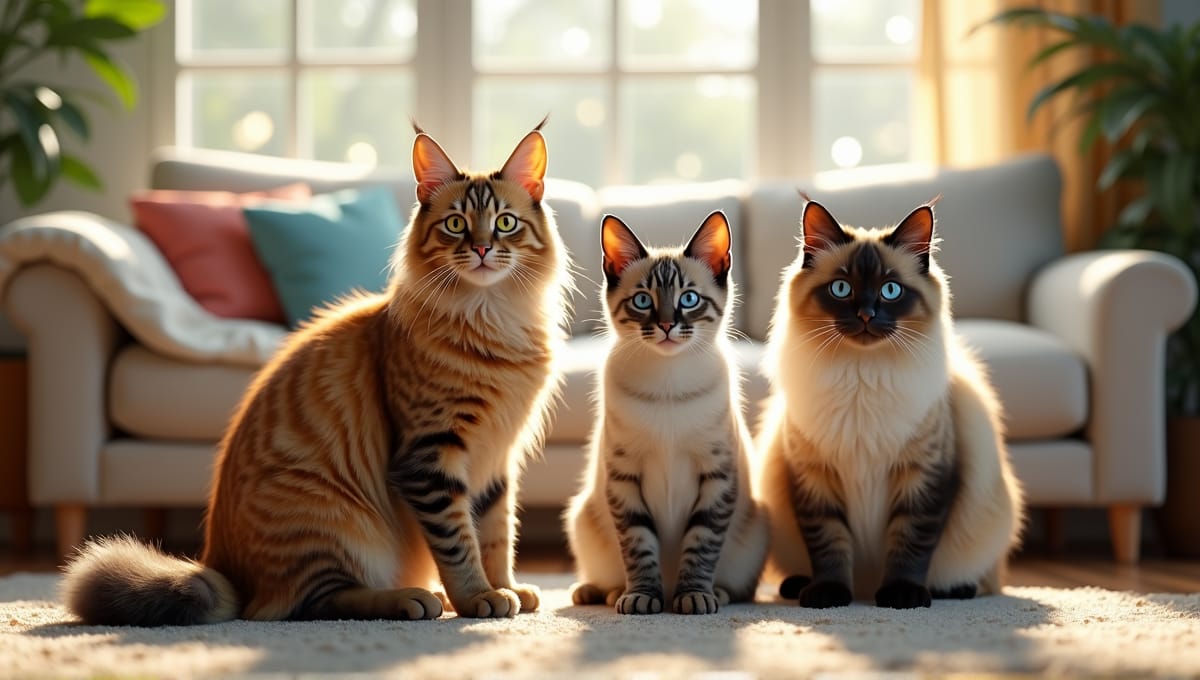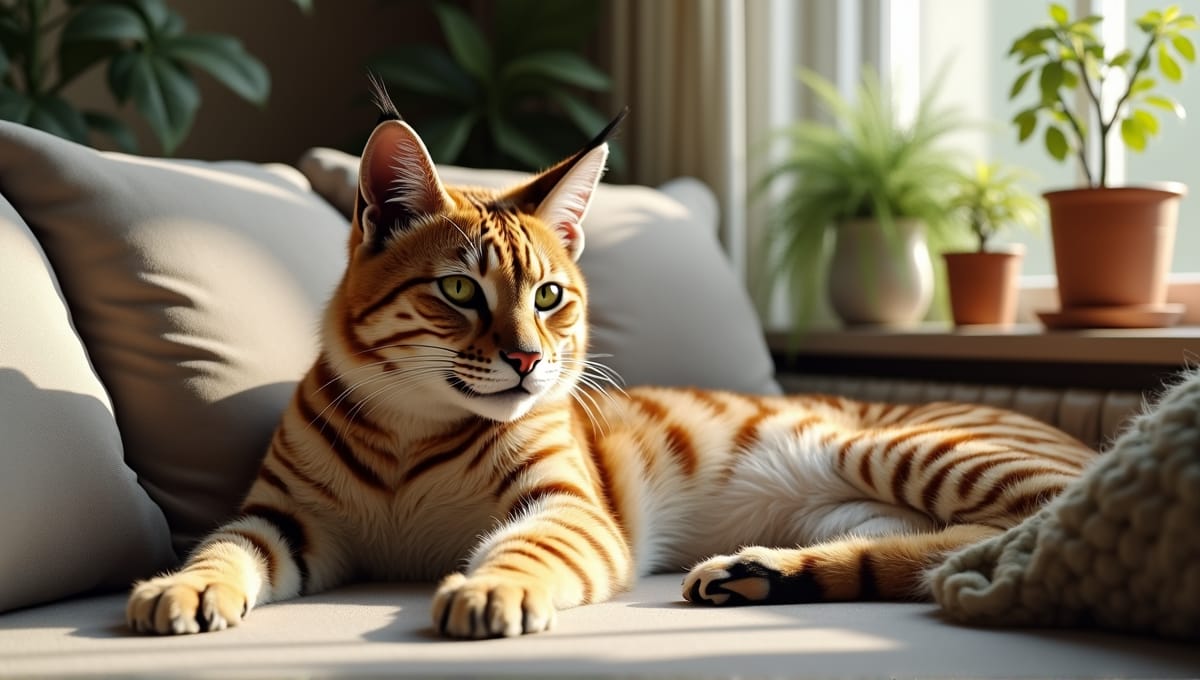British Shorthair cats are frequently referred to as the teddy bears of the cat kingdom because of their stocky bodies and round faces, and it’s easy to see why. But are British Shorthair cats good family pets? After working with cats for years, I can confidently say these cats are some of the most gentle giants out there and have a lot to offer.
Physical Characteristics of British Shorthair Cats

British Shorthair cats are the tanks of the cat world. With their round faces and pudgy cheeks, they look like an adorable stuffed animal. Big round eyes peek out from their round, moon-shaped faces — it’s impossible to resist them. The coat is thick and short, feeling like plush velvet when you touch it.
These cats are heavy. They have a solid, stocky build that feels quite weighty when you pick them up. Males are significantly larger than females. Fully grown males weigh between 9 and 17 pounds, while females range from 7 to 12 pounds.
Their stocky build and dense coat make them appear larger than they really are. The British Shorthair cat has a lifespan of 12 to 20 years. If you take good care of it, you can spend a lot of time with one.
Coat colors: Blue (most popular) Black White Red Cream Various tabby patterns
These cats are essentially live stuffed animals, and you’ll probably want to cuddle them 24/7. If you’re interested in other fluffy cat breeds, there are many options to explore.
Coat Colors and Patterns of British Shorthairs

British Shorthairs come in many different colors. While the most common image that comes to mind is the classic blue coat, British Shorthairs actually come in over 30 different colors and patterns.
You can find them in solid colors such as:
- Black
- White
- Red
- Cream
- Chocolate
- Lilac
They also come in various patterns such as:
- Tabby
- Colorpoint
- Bicolor
- Tortoiseshell
- Calico
Coat colors and patterns are created through genetics, and different combinations of genes across the breed have created this extensive list of colors and patterns. Each cat association that recognizes the breed will have breed standards that specify which coat colors and patterns are acceptable for show cats.
I have personally seen a British Shorthair in almost every color, and each one is equally lovely in its own right. With so many colors to choose from, you’re bound to find one that you absolutely love. If you’re particularly fond of white cat breeds, British Shorthairs can be a great option.
History and Origin of British Shorthair Cats

British Shorthairs have a rich history. These cats can trace their roots all the way back to ancient Rome. The Roman conquest of Britain in the first century CE brought these cats to the British Isles. Once in Britain, the cats were used as mousers and companions.
Over the centuries, the cats slowly evolved to adapt to the climate in Britain. Their dense coats and strong, muscular bodies allowed them to thrive in the cold, damp climate. By the 1800s, they had evolved into the breed we know today as the British Shorthair.
The breed made its debut at the Crystal Palace in London in 1871, which is when it was officially recognized as a breed. From there, it quickly grew in popularity with cat fanciers.
During World War II, the breed almost went extinct. The food shortages during the war made it nearly impossible for people to afford to keep cats. After the war, a group of dedicated breeders worked to revive the British Shorthair to its former glory. They succeeded, and today British Shorthairs are one of the most popular breeds of cats in the world.
The breed is now recognized and celebrated by cat fancy organizations, and for good reason. The breed has a fascinating history and many unique features that make it a favorite among cat lovers. British Shorthairs are just one of many european cat breeds that have gained popularity worldwide.
Temperament and Personality Traits

British Shorthairs are the gentle giants of the cat world. They have a reputation for being one of the most calm and easygoing cats. They’re also very affectionate, though they aren’t overly clingy. Rather, they’re perfectly content to just sit next to you.
Another defining characteristic of the breed is their intelligence. They are quick to adapt to new environments and new living situations. As a result, they are one of the more adaptable cat breeds, as they are just as happy in an apartment as they are in a large house.
With children, British Shorthairs are very patient and can handle a fair amount of child play without getting grumpy. However, these aren’t the most affectionate cats, as they would rather sit next to you than on your lap.
They also tend to get along well with other pets. They aren’t very aggressive and can peacefully coexist with both dogs and other cats. This makes them an excellent choice for a multi-pet household.
In my experience, British Shorthairs are the perfect breed for a family looking for a low-maintenance cat. They’re affectionate yet not needy and they’re independent yet not aloof. It’s truly the best of both worlds with this delightful breed. If you’re looking for other friendly cat breeds, British Shorthairs are definitely worth considering.
Health Considerations for British Shorthair Cats
The British Shorthair is a relatively healthy cat breed. However, like all breeds, they are predisposed to some health issues. Knowing what these are can help you take better care of your cat.
Common health issues include:
- Hypertrophic cardiomyopathy
- Hemophilia B
- Polycystic kidney disease
- Hip dysplasia
Regular veterinary check-ups are very important. The earlier you catch these conditions, the better the treatment outcome. I always suggest getting pet insurance for your British Shorthair. It can make it easier to manage the costs if they experience any health issues.
Diet also significantly impacts their general health and well-being. British Shorthairs have a tendency to become overweight. Therefore, feed them a balanced diet suitable for their age and activity level. Avoid overfeeding, as this can lead to obesity and other health issues.
Finally, don’t forget about preventive care through vaccines and parasite prevention. Keeping up with these can help your British Shorthair remain healthy and happy for many years.
Grooming and Care Requirements

British Shorthairs are relatively low maintenance, especially with grooming. Their short, dense coats don’t mat, and they don’t require much grooming. However, you should still brush them regularly.
Coat care tips:
- Brush 1-2 times a week
- Use a rubber brush or grooming mitt
- Brush more frequently during shedding seasons
You don’t need to bathe them unless they roll around in something dirty. The oils in their coat naturally repel dirt and grime. If you do bathe them, use a high quality cat shampoo to avoid irritating their skin.
Regular nail trims and dental care should be part of your grooming routine. Trim their nails every 2-3 weeks, and brush their teeth regularly.
Despite their stocky build, British Shorthairs need some form of daily exercise. This can be as simples as interactive toys in a play session. Establish an enriching indoor environment with scratching posts, cat trees, and a cozy space where they can hide.
The average life span of a British Shorthair is 14-20 years. With excellent care and attention, you can help ensure they hit the upper end of that range.
Acquiring a British Shorthair Cat

If you’re in the market for a British Shorthair, there are a few options. You can either purchase a cat from a reputable breeder or adopt one if available. While reputable breeders aren’t as common, look for breeders who breed for health and temper over looks.
Adoption is a good choice, as some British Shorthairs end up in shelters or with rescue groups. These cats make excellent companions and are usually less expensive than a cat from a breeder.
In terms of cost, British Shorthair kittens from reputable breeders cost anywhere from $1,500 to $2,000. This price can vary based on the cat’s lineage, coat color and whether it’s a show cat or pet.
Before bringing a British Shorthair into your home, ask yourself:
- Am I willing to make a 15-20 year commitment?
- Does my lifestyle align with the needs of a cat?
- Can I afford potential vet costs?
Prepare your home by cat proofing it and gathering supplies. Additionally, set up a separate quiet area for your British Shorthair to adjust to its new environment. With these steps completed, you’ll be ready to introduce your new British Shorthair to its new home.
British Shorthairs in Cat Shows and Competitions

British Shorthairs are a prominent breed in cat shows. The Cat Fanciers’ Association recognized the breed as a championship breed in 1980, and they have since become a regular sight at shows around the world.
Show standards are quite specific, as judges are looking for the breed’s characteristic round face, broad chest, and dense, short coat. Colors and patterns must also adhere to very specific standards within each category.
The most common show categories for British Shorthairs are:
- Solid Color Class
- Tabby Class
- Parti-Color Class
Preparing a British Shorthair for a show requires more than just grooming. Many exhibitors also acclimate their cats to being handled and to new environments. This might start with the cat as a kitten.
Showing cats can be a fun experience, as it allows you to show off all of the things that you love most about your cat. It’s also a great way to meet other cat enthusiasts. Even if you don’t have any intention of showing your British Shorthair, understanding breed standards can help you better appreciate what makes them unique. If you’re interested in learning about other purebred cats, there are many fascinating breeds to explore.
British Shorthair Cats as Family Pets

British Shorthairs are great family pets as they are very calm and adaptable to various household settings. Whether you’re in a small apartment or a large home, they’ll do just fine.
They are very patient and tolerant with children. They will tolerate being handled gently, and children should be taught to respect the cat’s boundaries. While they are not typically lap cats, they do like being near family members.
They also usually do well in multi-pet households as they are not aggressive and can peacefully coexist with dogs and other cats. They are easy to introduce to other pets because they are so laid back.
Their daily care needs are simple. You just need to feed them, groom them, and play with them. They are not an overly active breed, but playing with them is good to help keep them mentally and physically active.
Just keep in mind, they are a long-term commitment, as they live up to 15-20 years with good care. Consider this before getting a British Shorthair, as they will be a favorite family member for many years to come. If you’re considering other options, you might also want to look into mixed breed cats, which can also make wonderful family pets.
Before We Go
British Shorthair cats are amazing animals. Their round faces, thick coats, and laid-back nature make them excellent companions. They come in over 30 different colors and have a long lineage that can be traced back to the time of the ancient Romans. While they are generally healthy, they do need regular grooming and visits to the vet. It’s also essential to purchase them from a reputable source.
Whether as show cats or simply family pets, British Shorthairs make many people very happy. They are loyal, loving companions that will stay by your side for years to come. They are also very relaxed and adaptable to different living situations. With proper care, these cats can live to be 20 years old. I have personally witnessed how much joy they bring to people.






